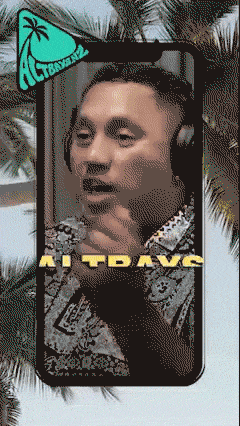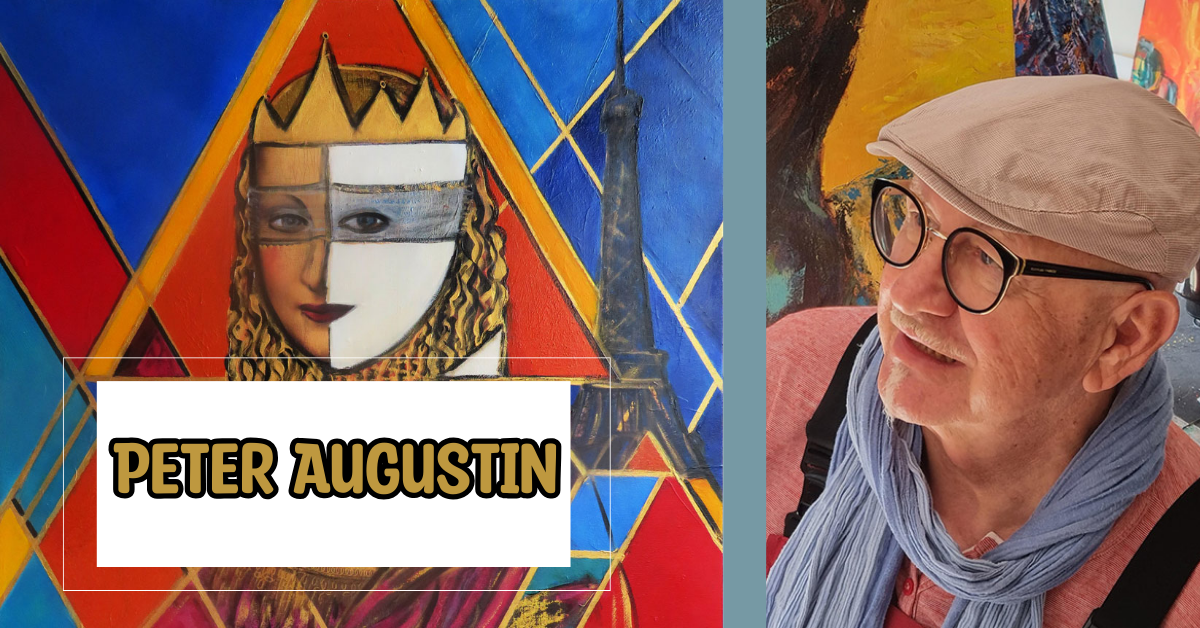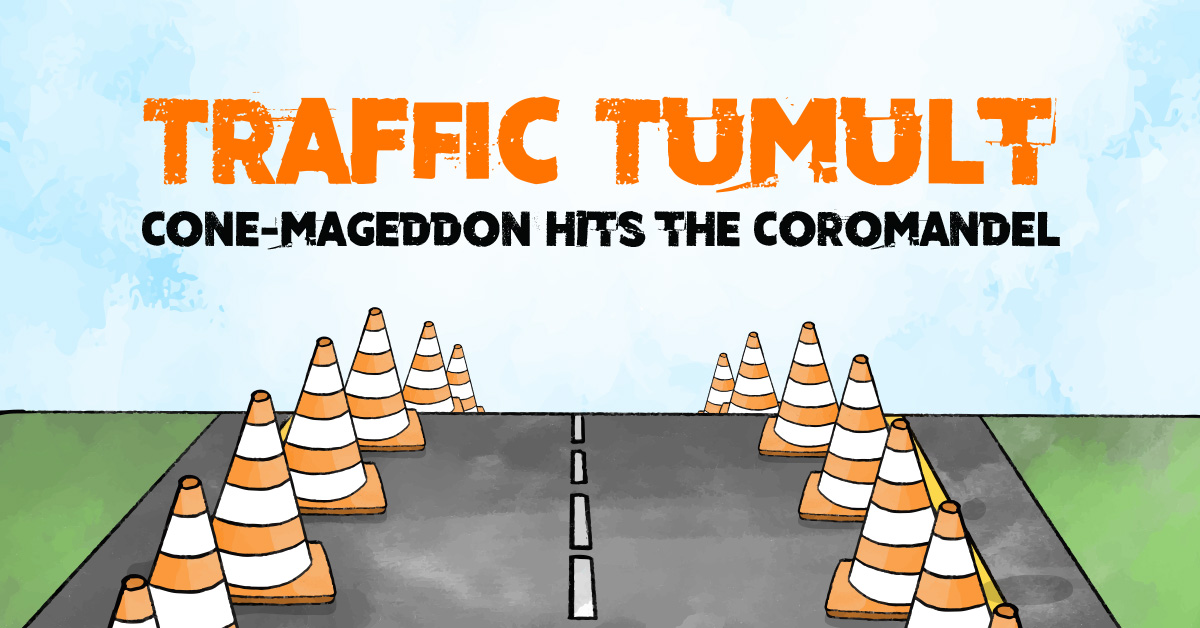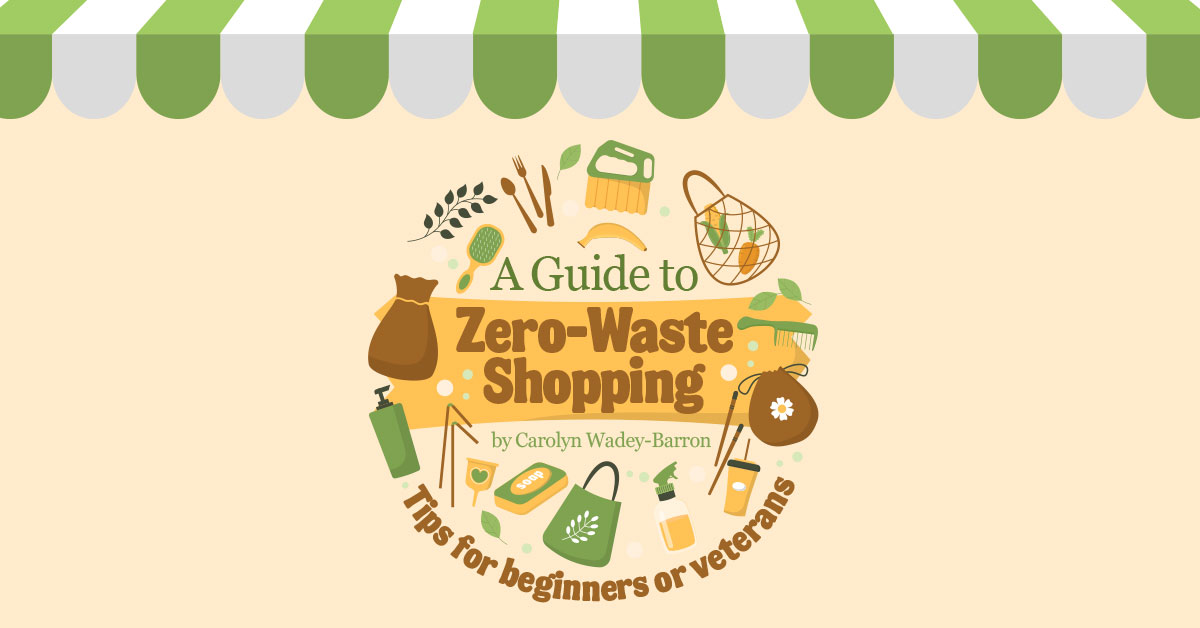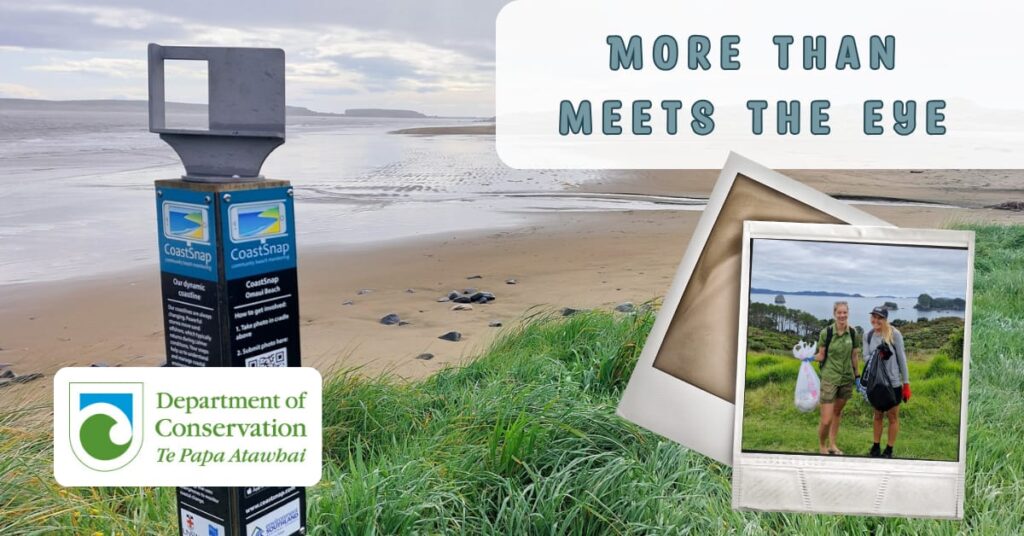
Have you ever wondered about a plant, animal or insect you’ve seen in nature? Your observations can make a valuable contribution to scientific research and conservation.
Whether you’re relaxing in your backyard, strolling along the beach, hiking through the bush, or out on the water, DOC Community Ranger Cheyenne Walmsley encourages people to take notice of nature.
“One of the easiest ways to learn more about your local environment is by exploring it and taking notice of what catches your eye. If you’re doing this, you’re already on your way to becoming a citizen scientist,” says Cheyenne.
Citizen science is where the public help with scientific research by collecting data, making observations, and sharing findings.
“People across Hauraki-Coromandel are aiding scientific research by identifying bird calls, sharing species photos, testing water quality, and reporting predator kills like possums or rats,” says Cheyenne.
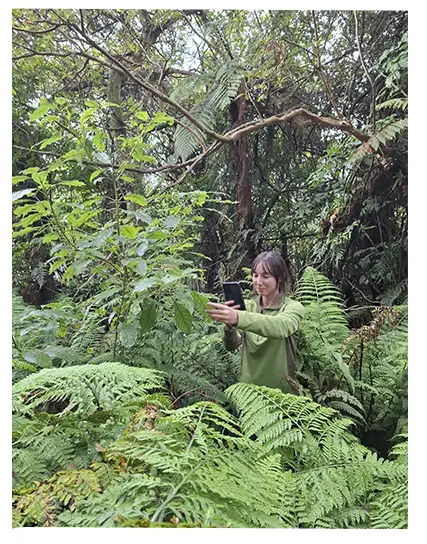
Environmental agencies including the Department of Conservation (DOC), NIWA, Waikato Regional Council, Manaaki Whenua – Landcare Research and various district councils, leverage citizen science observations to gather information on species and habitats, track environmental changes, and engage the community in conservation efforts.
Although observations of the natural world have been made for centuries, smartphones have revolutionised citizen science, allowing it to scale globally. In just a few taps, phone cameras and apps can collect real-time data, including images, precise locations, time, and environmental conditions to support scientific research. The nature recording platform, iNaturalist NZ–Mātaki Taiao, is one such app.
“If you notice an interesting plant, fungi or animal, you can take a picture, upload it to iNaturalist, and people will identify your observations quickly. You get to learn what the species is and contribute to mapping the biodiversity in your area,” says Cheyenne.
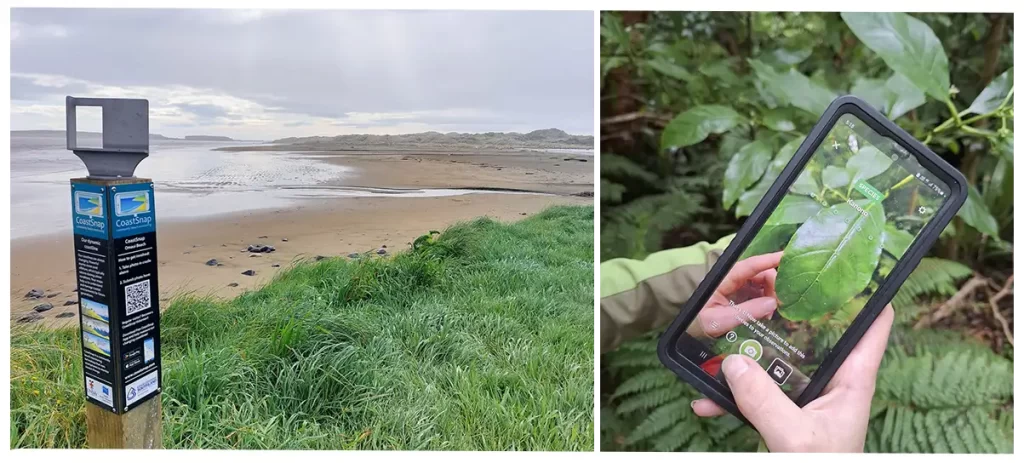
Photos taken at CoastSnap stations track coastal changes; DOC Community Ranger Cheyenne shows how simple it is toidentify plants with the Seek by iNaturalist app.
“For young explorers and anyone who wants quick IDs, the Seek by iNaturalist app is great. It uses image recognition to identify the plants and animals you spot instantly.”
Scientists and agencies including DOC use observations from iNaturalist to understand the distribution of species across New Zealand.
In Hauraki-Coromandel, DOC rangers keep an eye out for observations of rare native species like Archey’s frogs, and the indigenous flora Dactylanthus taylorii (pua o te reinga). They also look for invasive species like plague skinks and European paper wasps.
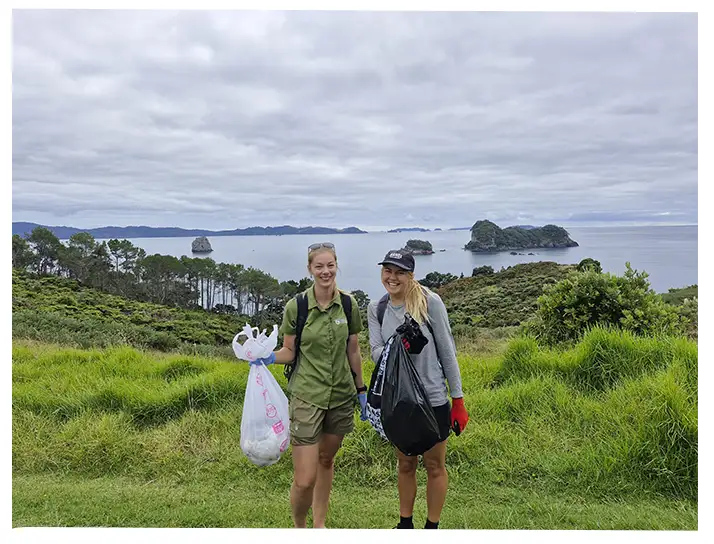
In addition to iNaturalist, DOC Coromandel’s Marine team contributes to the Litter Intelligence citizen science project. Rangers conduct regular beach surveys of Honeymoon Bay and analyse the litter collected to assess its impact in the Te Whanganui-o-Hei Marine Reserve. Anyone in Aotearoa can join Litter Intelligence to conduct surveys of their local beaches and contribute to a national database of litter.
Marie (DOC) and Ella (Hahei Explorer) collect litter on the Mautohe Cathedral Cove track.
Cheyenne says there are many citizen science projects anyone can join, today.
“There are countless initiatives to suit everyone – and if you’ve got a smartphone, you can do this nearly instantly. Your contributions can help inform scientific research and preserve native species.”
You can take part in citizen science
- Seek: A kid-friendly version of iNaturalist that uses image recognition to identify plants and animals.
- CoastSnap: Take photos of beaches to track coastal changes over time. Stations set up across the Coromandel Peninsula.
- TrapNZ: Record and upload data on predator trapping, baiting, and monitoring to help reduce pest populations in New Zealand.
- Litter Intelligence: Collect and analyse coastal litter to better understand and reduce NZ’s litter problem.
- Spyfish Aotearoa: Identify fish species in underwater videos to assess marine reserve effectiveness and protect our taonga species.
- NZ Garden Bird Survey: Count birds in your garden to track bird populations, 28 June – 6 July 2025.
Follow DOC Hauraki-Coromandel on Facebook here.
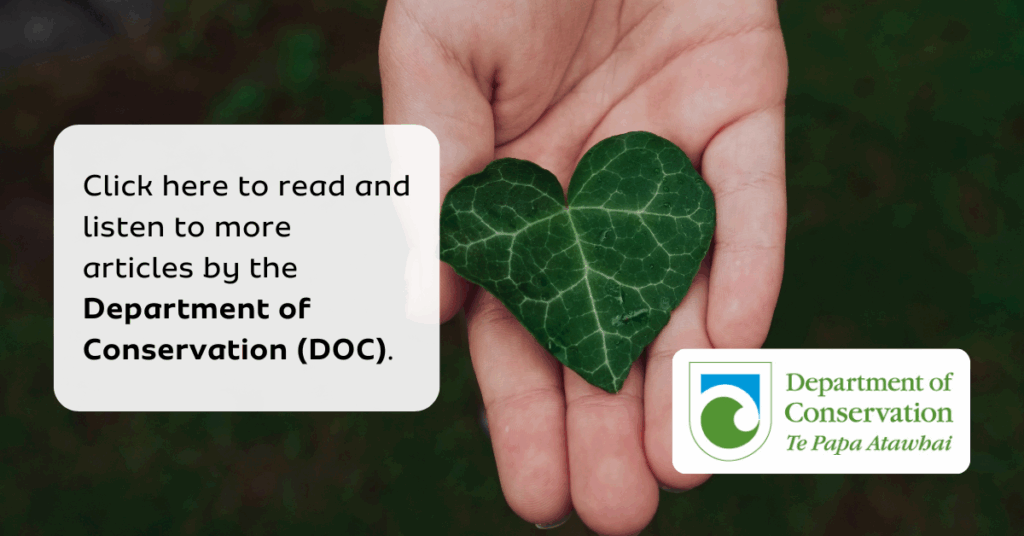
Coromind: Coromandel’s Collaborative Magazine

Help us take Coromind Magazine to new heights by becoming a member. Click here
Change the Weather for Your Business: Advertise with Us.
Advertise your business in the whole Hauraki Coromandel in the coolest Coromandel Art Magazine, from Waihi Beach/Paeroa /Thames up to the Great Barrier Island.
Advertise Smarter, Not Harder: Get in Touch


